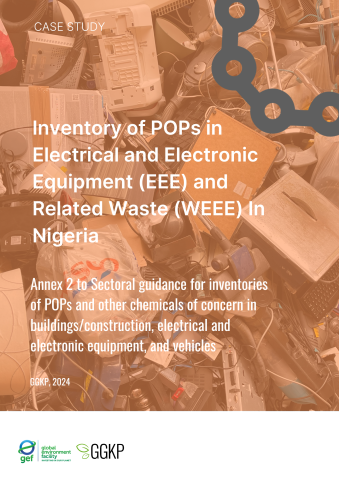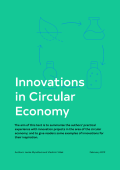
Given that while metals such as ferrous metals, aluminum, and copper have high recovery rates, plastics are only recovered to some extent and are frequently burned or dumped, leading to environmental concerns due to the presence of hazardous substances like PBDEs, HBCD and other brominated flame retardants, and heavy metals in the recovered plastics, which can result in environmental contamination during waste electrical and electronic equipment (WEEE) processing in African countries.
To address the challenge of electronic and electrical waste (EEE/WEEE) in Nigeria, this case study provides an example of sectoral inventory under the framework of the implementation of the Basel Convention in 2012. This first inventory provided a baseline understanding of the EEE/WEEE sector in Nigeria. The case study provides an update on persistent organic pollutants (POPs) in the EEE/WEEE sector in Nigeria, including PBDEs listed in 2009, decaBDE, HBCD, and the POP candidate diphenyl ether, and aims to assess the flow of these POPs in the Nigerian context. The study is Annex 2 of GGKP's “Sectoral guidance for inventories of POPs and other chemicals of concern in buildings/construction, electrical and electronic equipment, and vehicles”.
As part of the GEF-funded and UNEP-led “Global Development, Review and Update of NIPs under the Stockholm Convention on POPs” project, the Green Growth Knowledge Partnership (GGKP) is executing Component 4, focused on disseminating information, managing knowledge and coordinating with the Stockholm Convention Secretariat to provide accessible, integrated tools and resources for all Parties.



